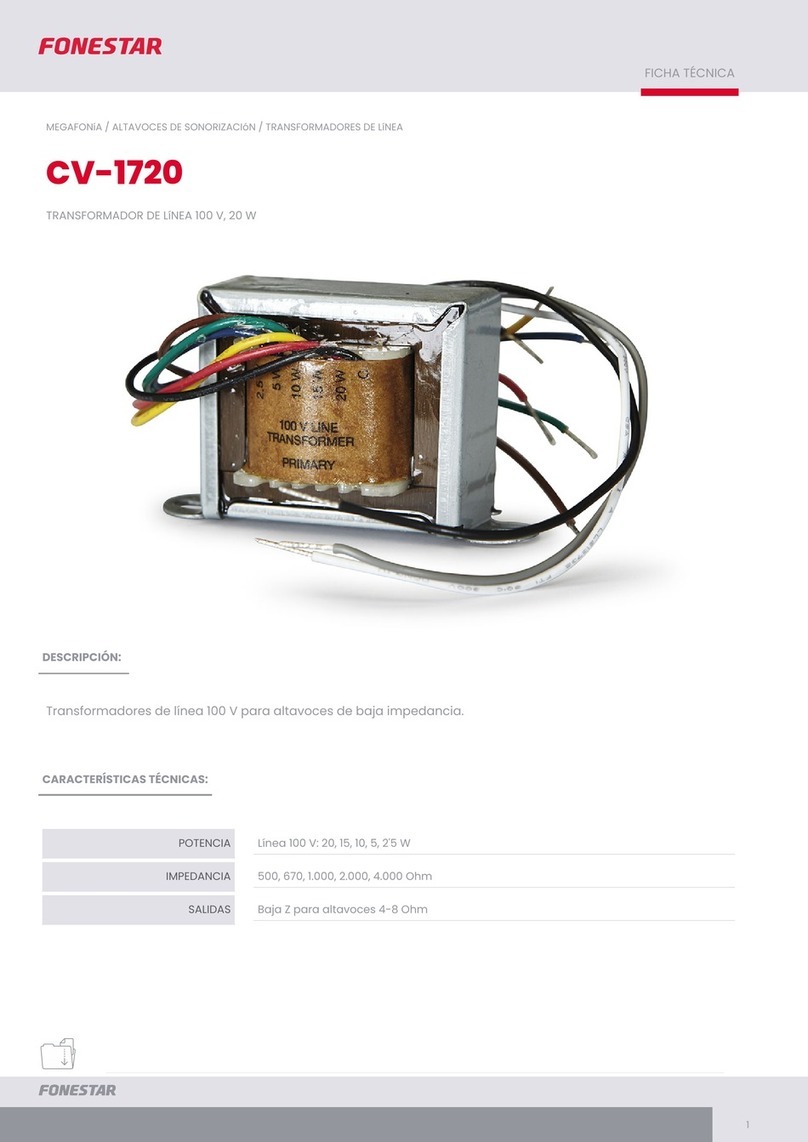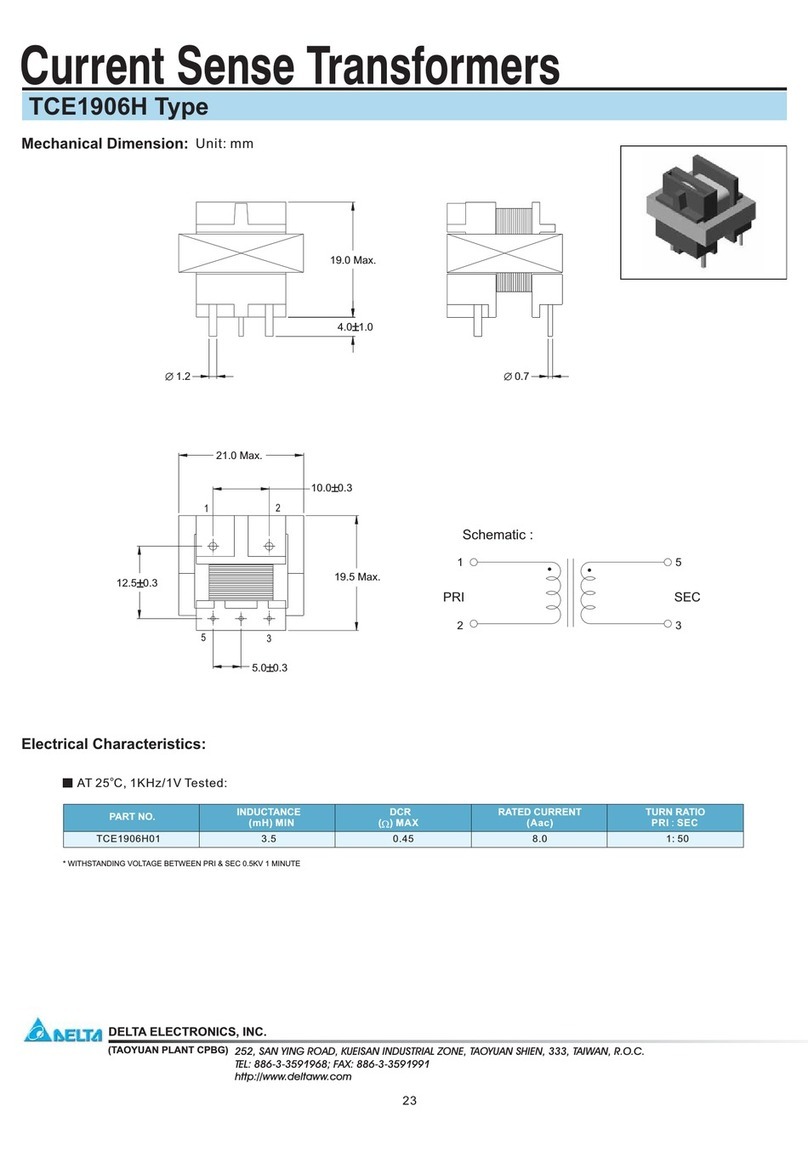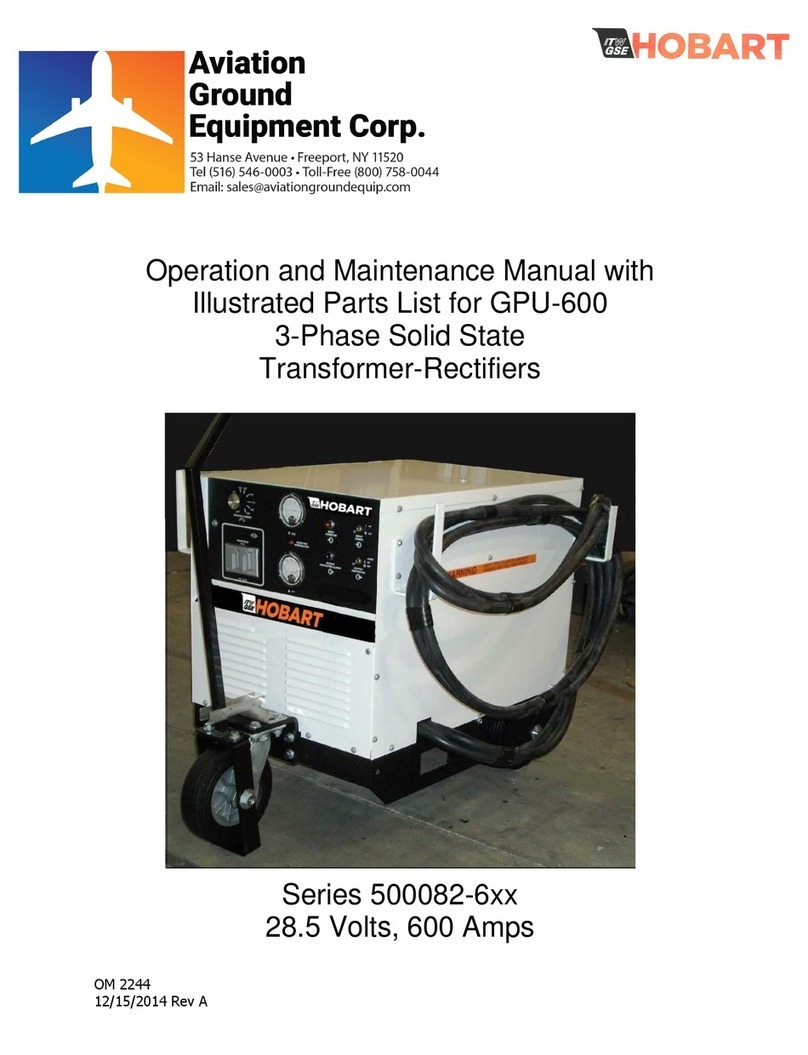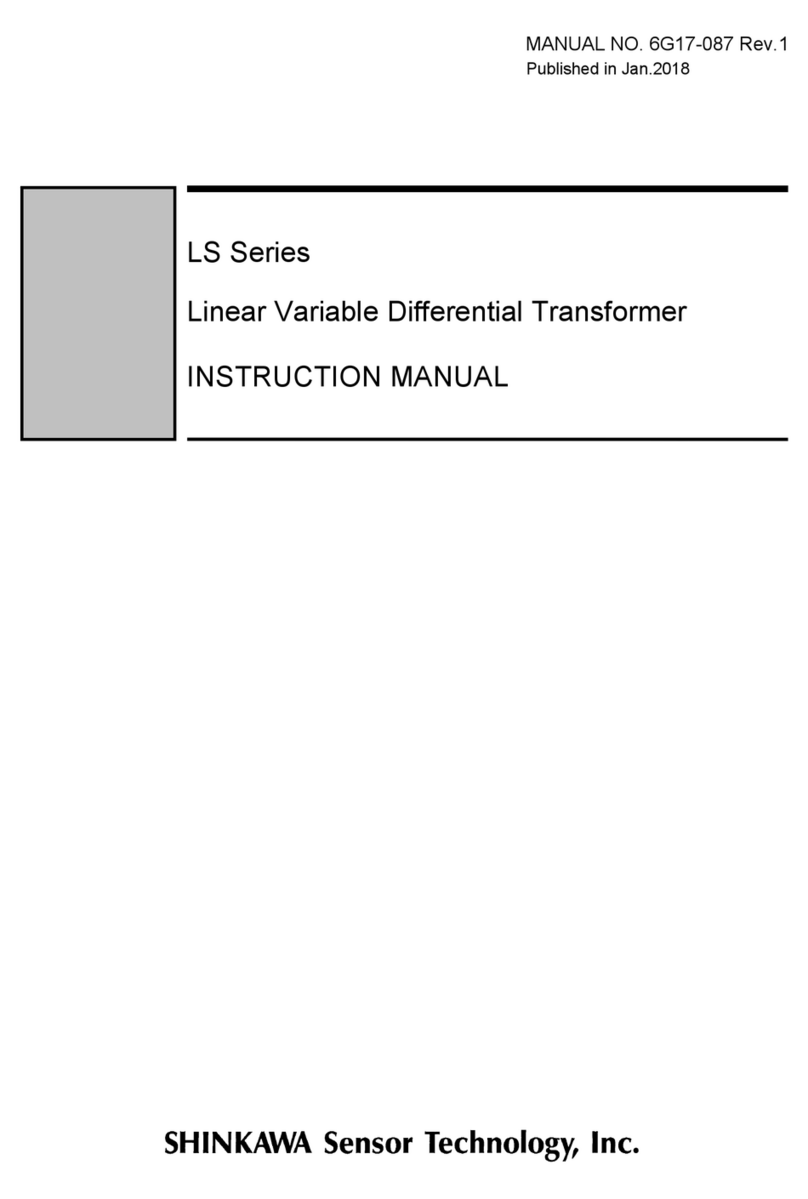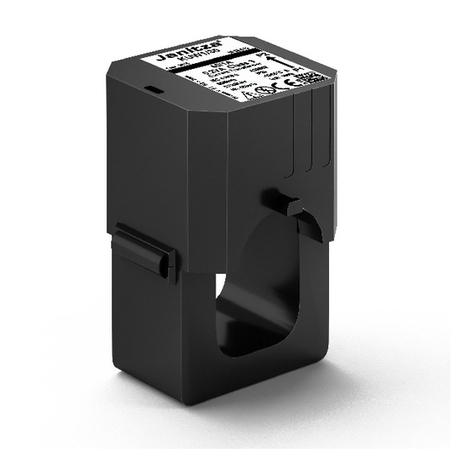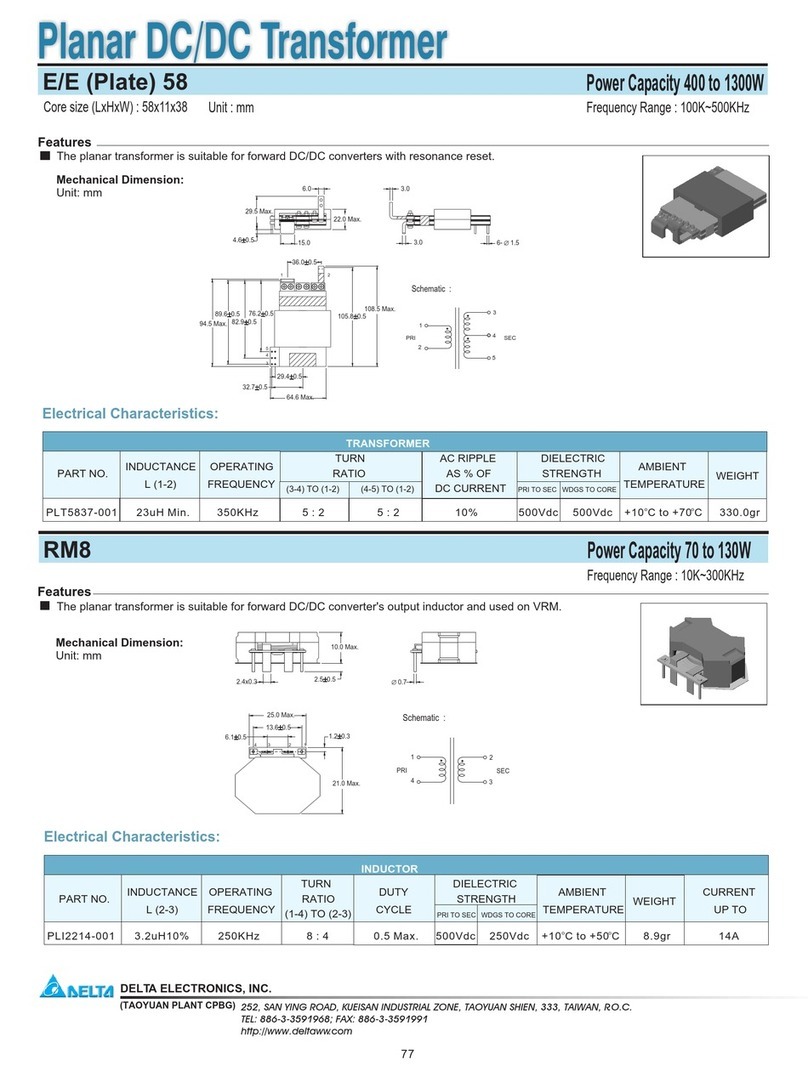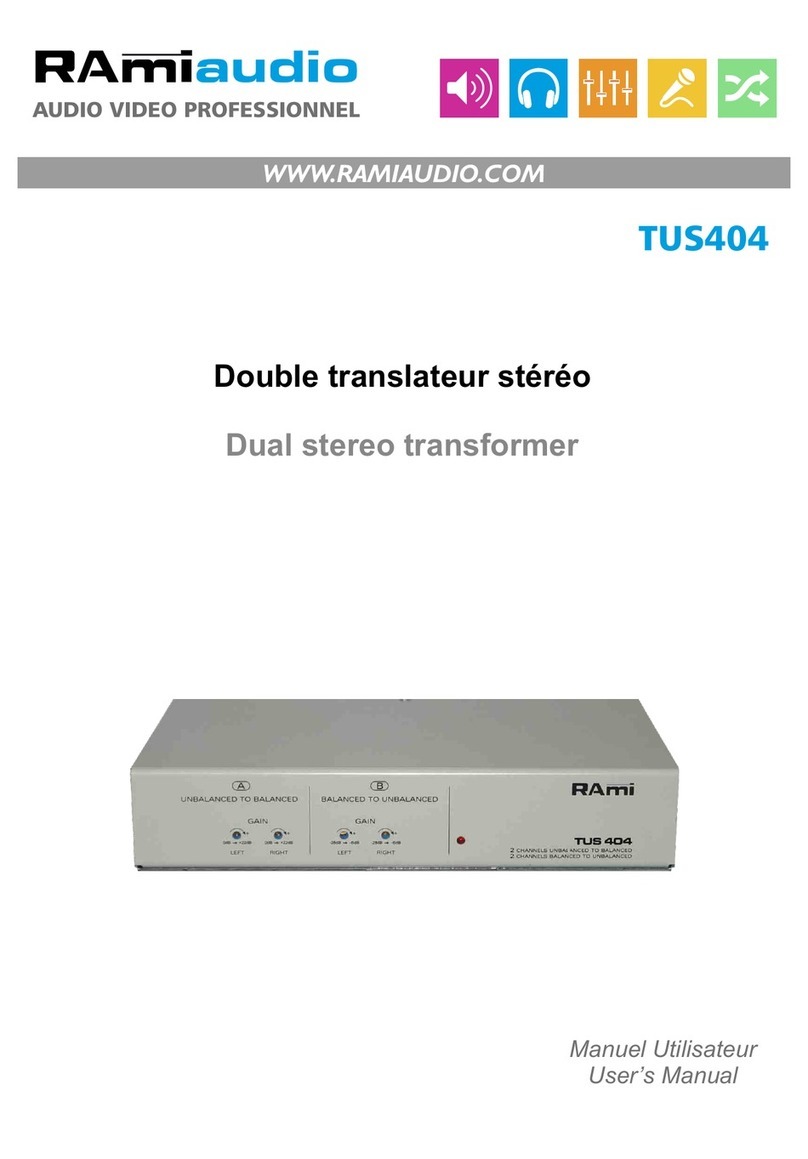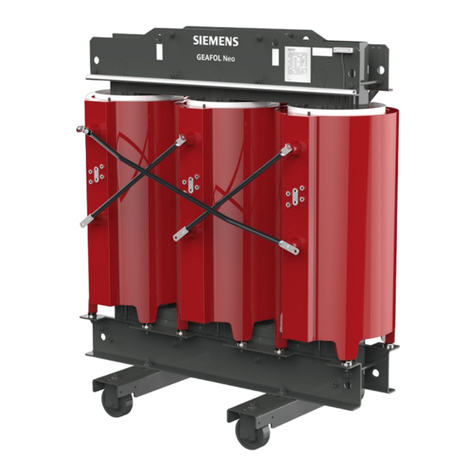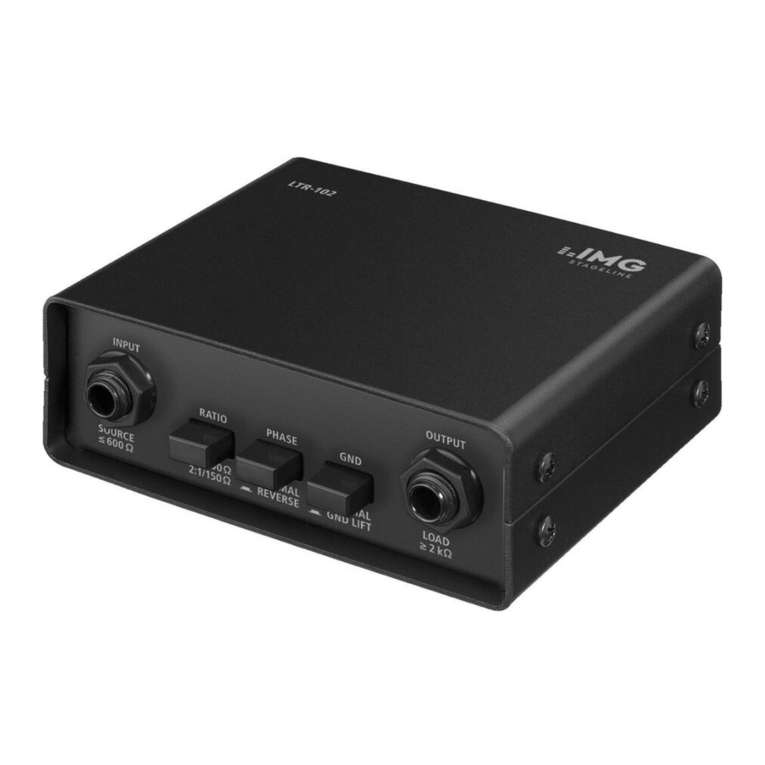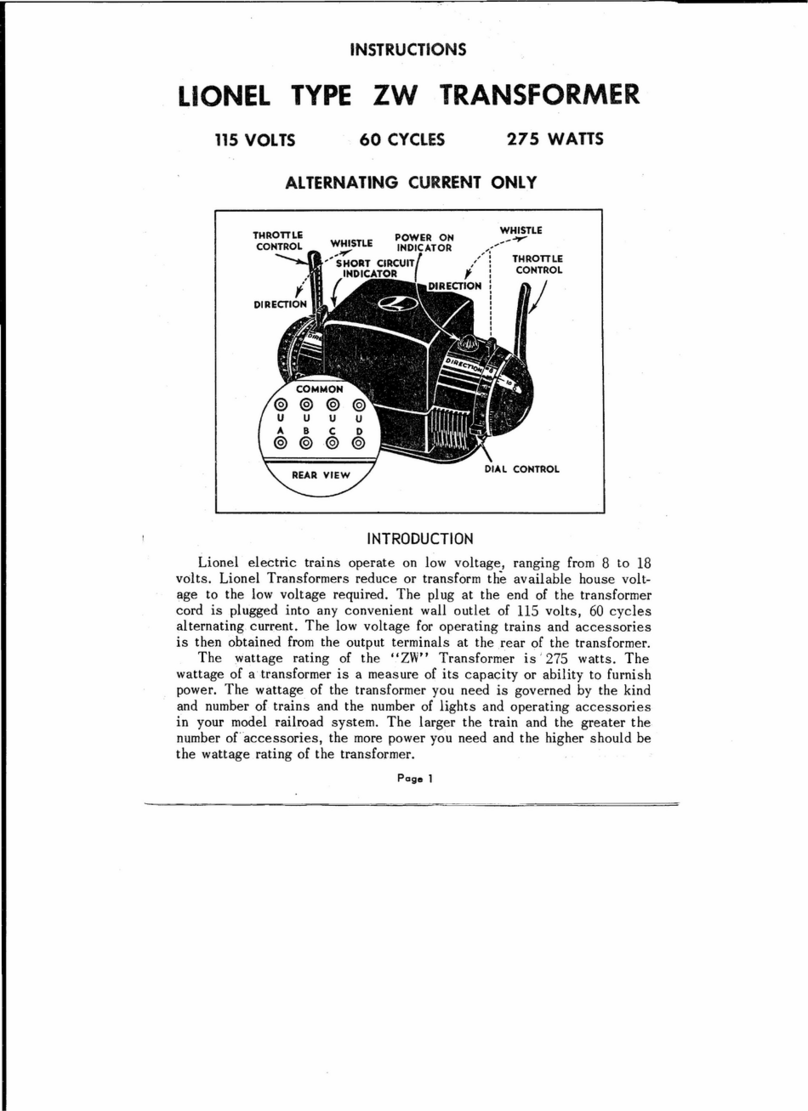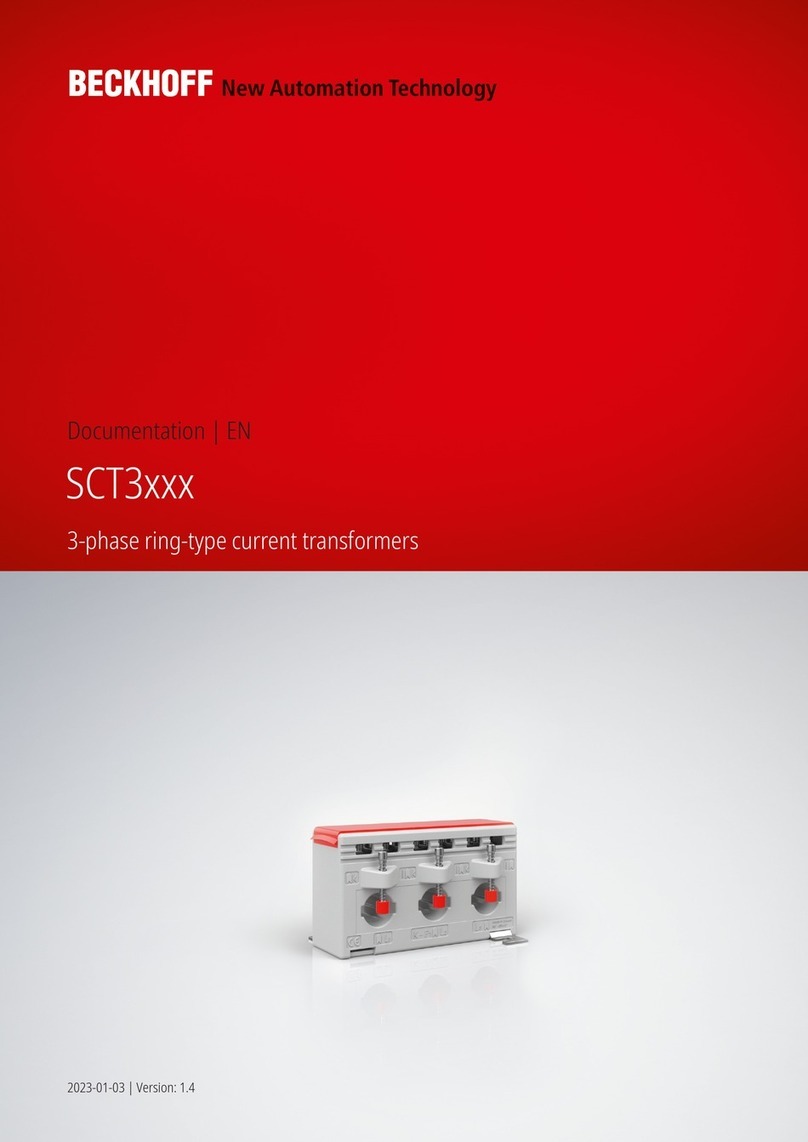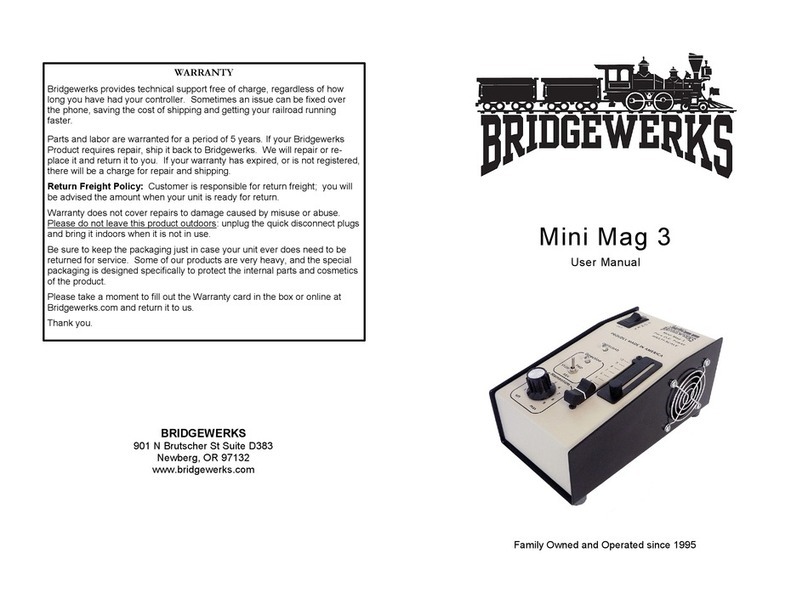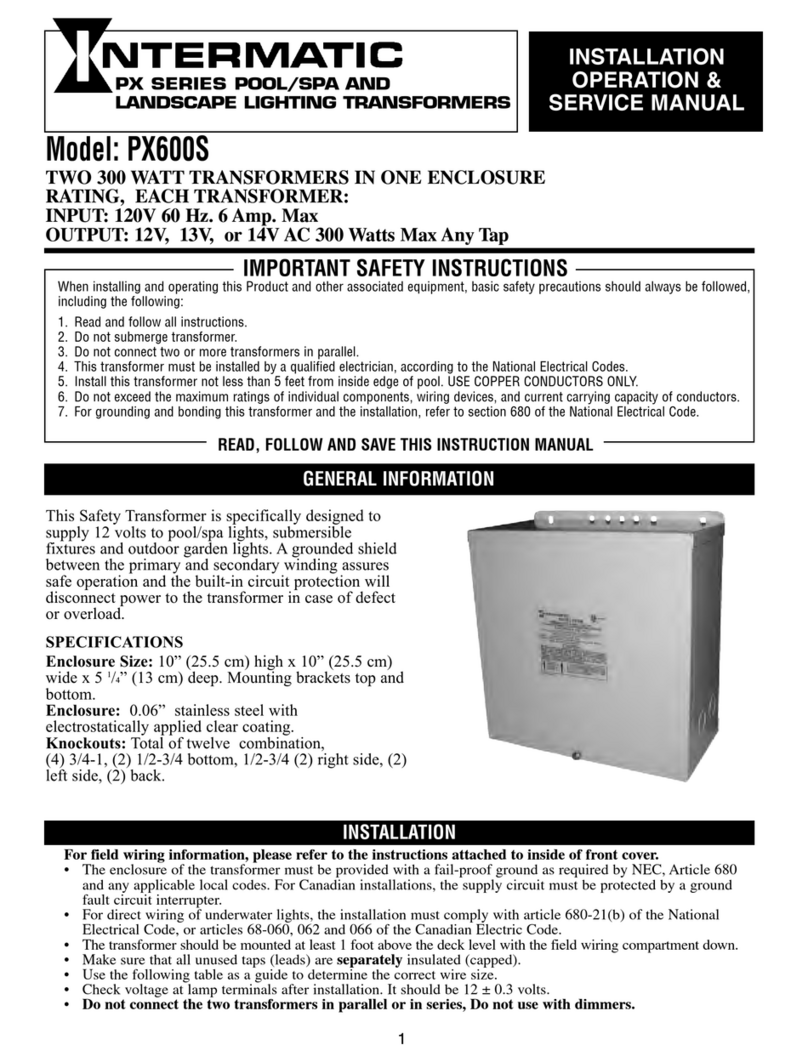
3
TIT3IM / January 2019
1. Do not lift or move a transformer without proper
equipment and properly trained personnel. Ensure that
the transformer is only lifted using the listing provisions
provided. Always use lifting provisions provided by the
manufacturer. Rolling and skidding are recommended only
on transformers with a pre-ordered skidding base.
2. Do not off-load the transformer until it has been fully
inspected for damages. If any damages are identified the
transformer should not be energized and the transformer
manufacturer should be contacted immediately.
3. Only use terminals for electrical connections. The
transformer terminals are not designed to support the
weight of line or load cable.
4. Connections should only be made in accordance with
the nameplate diagram or connection drawings and the
applicable local codes and standards.
5. Make sure all power (including back-fed control and
possible capacitor charge) is disconnected and all windings
are grounded before attempting any work on the
transformer or inside the enclosure. (zero energy)
6. Make certain all ground connections, line terminals and
selected tap connections are completed and tightened
before energizing the transformer.
7. Do not attempt to change any primary or secondary
connections or taps while the transformer is energized.
8. Do not tamper with control panels, alarms, interlocks, or
control circuits if provided.
9. Do not adjust or remove any accessories or cover plates
while the transformer is energized.
10. No cables should come in contact with or any live parts
except the terminal that it is intended for. Ensure that
minimum clearances are maintained at all times.
11. This equipment must only be installed and serviced by
qualified electrical personnel.
12. Follow all requirements in NFPA 70E and CSA Z462 for safe
work practice and personal protective equipment (PPE).
13. Replace all devices, doors, and covers before turning on
power to this equipment.
14. Modifications of any kind to the equipment are not
permitted. Besides voiding the warranty such actions
may result in hazardous situations of which the person(s)
performing the modifications will be solely liable.
Safety Precautions
DANGER
SAFETY INSTRUCTIONS
HAZARD OF ELECTRIC SHOCK, EXPLOSION OR
ARC FLASH
Refer to nameplate for ratings and voltages.
This equipment must only be installed and serviced by
qualified electrical personnel.
Follow all requirements in NFPA 70E and CSA Z462 for
safe work practice and personal protective equipment
(PPE).
Turn off all power supplying this equipment before
working on or inside equipment.
Always use a properly rated voltage sensing device to
confirm power is off.
Replace all devices, doors, and covers before turning
on power to this equipment.
Failure to follow these instructions will result in
serious injury or death.
Class 1, Division 2,
Hazardous Location
Installation Requirements
If this unit is designed for use in Class 1, Division
2, Groups A, B, C & D hazardous locations then
also refer to notes below:
(1) Power, input and output (I/O) wiring must be in
accordance with Class 1, Division 2 wiring methods
as per Article 501-10 (b) of the National Electrical
Code.
(2) WARNING - EXPLOSION HAZARD - DO NOT DIS-
CONNECT EQUIPMENT WHILE THE CIRCUIT IS
LIVE OR UNLESS THE AREA IS KNOWN TO BE
FREE OF IGNITABLE CONCENTRATIONS.
(3) WARNING - EXPLOSION HAZARD - SUBSTITUTION
OF ANY COMPONENT MAY IMPAIR SUITABILITY
FOR CLASS I, DIVISION 2.
Please check resin level before drilling hole for conduit and site
conduit properly so it does not come in contact with resin.

